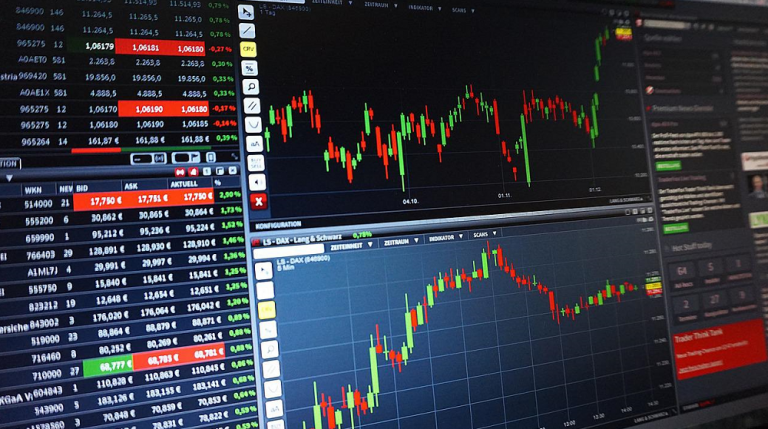The capacity of a market to accept or offer significant payments promptly is referred to as liquidity. An FX liquidity provider establishes Forex trading markets in specific trading pairs for various reasons. Market Makers, Electronic Communication Network (ECN), and Liquidity Aggregators are the three major types of liquidity providers in Forex. In this article, we will cover each category in detail, as well as their role in the industry.
Market makers, also known as ‘dealers,’ often charge lower fees since they undertake danger by acting as counterparties to every trade conducted on their platform. Moreover, they charge a tiny charge per every transaction and create a spread between the buy and sell prices at which people trade.
Read also: How does SSL/TLS Certificate work for the video Streaming website in 2022?
ECNs often require increased charges but offer more transparent pricing data. It is worth noting that ECNs do not keep money in their accounts but transfer it directly to the customer’s bank account after each purchase. Customers can also remain anonymous because ECN providers are not in any way other than offering an electronic platform for payments to take place on. Liquidity Aggregators are comparable to market makers in that they collect liquidity from other Liquidity Aggregators (market makers or ECNs) into a single pool for other traders. They take no risk because they just charge a spread between buying and selling prices instead of serving as a middleman in every transaction.
The utilization of third-party suppliers such as liquidity providers, those agents that supply banks and dealers with connection to an ecosystem to trade their own accounts or on behalf of clients, has increased as the electronic retail foreign exchange (FX) trading business has evolved. It improved their market access and liquidity, resulting in reduced pricing spreads and improved processing prices.
It is worth mentioning that Instinet Incorporated was the first liquidity provider, pioneering the Electronic Communication Network (ECN) model for FX brokers that started way back in 1984. Instead of depending on personnel’s phone conversations or email messages, ECNs allow two parties on distant sites to conduct business digitally using networked communications. This enabled brokers to compete more effectively in the market.
It is widely known that Forex liquidity suppliers are crucial for investors since they enable orders to be exchanged on the market at any given moment. They provide us with many multiple options and possibilities for trading depending on our own individual demands and objectives. Because of the increasing supply and demand in the market, they also bring higher pricing competition and narrower spreads.
In addition to the capability to trade, LPs will frequently supply systems, tools, and concepts to assist you with your present Forex tactics. This allows traders to concentrate on their own trading rather than worrying about economic conditions or movements.
To be able to compete in the foreign exchange market, a Forex trader must have a continual desire to enter and continually participate in trades. Liquidity is crucial in this aspect because it is the backbone of every marketplace. Without it, no one would trade since there would be no incentive to because no one else would be interested in participating. Whether you choose a flexible, self-directed business model or prefer to focus on your client connections, the top FX liquidity providers, such as B2Prime, can offer you with all of the tools you need to succeed.


